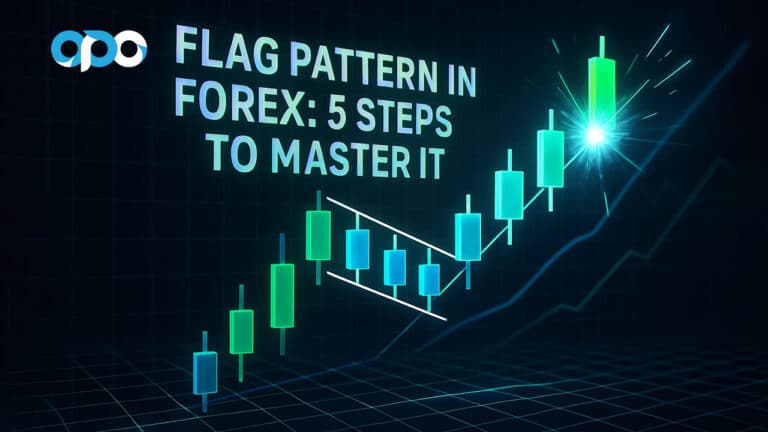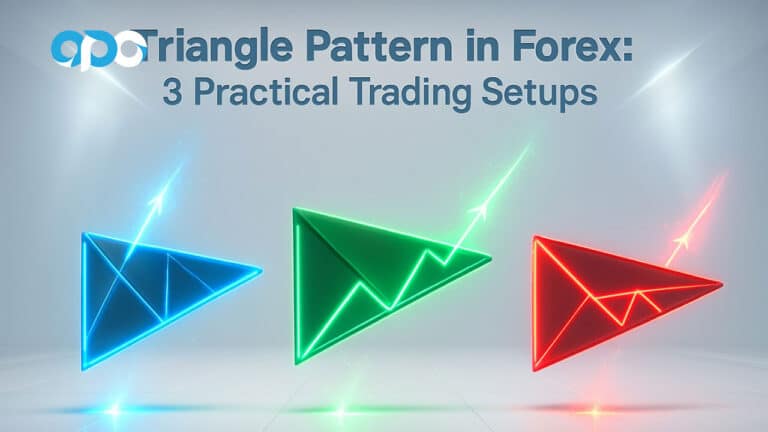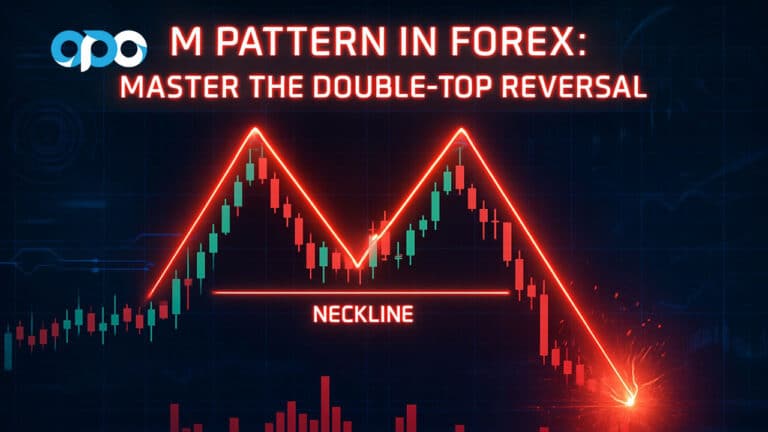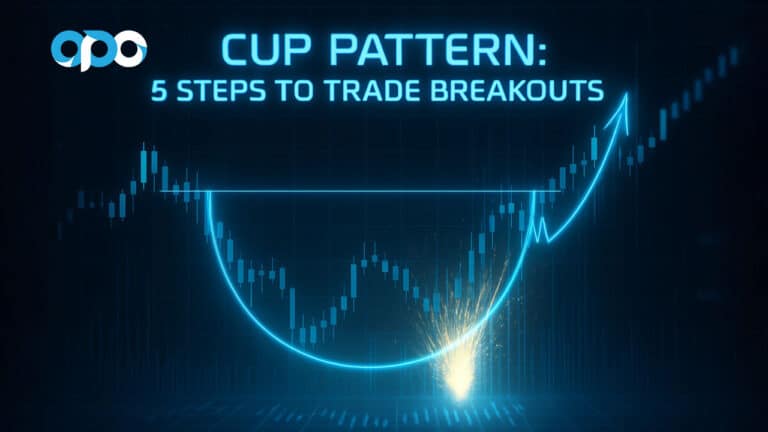Navigating the forex market without paying attention to the news is like sailing a ship without a compass. While charts and technical indicators provide a map, the most important news in forex acts as the winds and currents, capable of changing your course in an instant. The single most impactful news events are central bank interest rate decisions, as they directly influence a currency’s yield and appeal. In this guide, we will explore these critical announcements, unpack their significance, and provide actionable strategies for trading them, ensuring you are well-equipped to handle the volatility. For any trader, partnering with a reliable and regulated forex broker is the first step toward navigating these market-moving events successfully. This article will be your comprehensive guide to the most important fundamental news in forex.
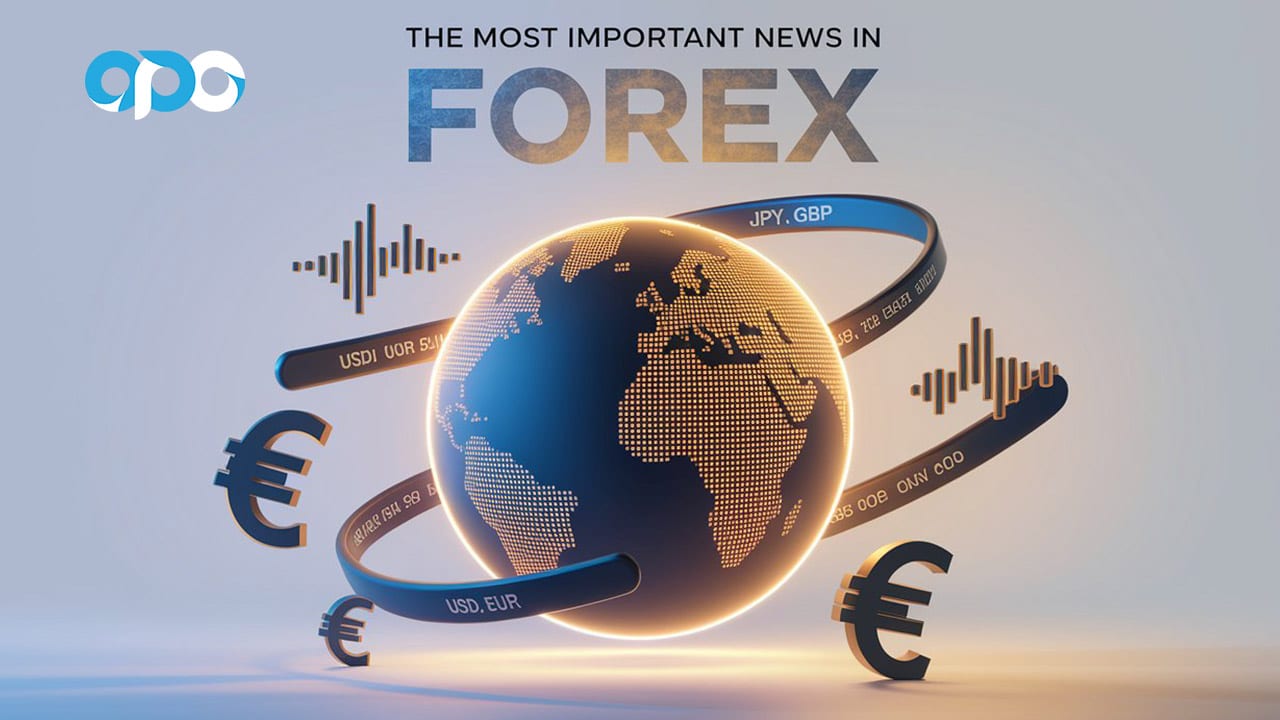
Key Takeaways
- Central Banks Reign Supreme: Interest rate decisions and the accompanying statements from central banks like the U.S. Federal Reserve are the ultimate market movers.
- Top-Tier Indicators: Beyond interest rates, Non-Farm Payrolls (NFP), Consumer Price Index (CPI), Gross Domestic Product (GDP), and Retail Sales reports are critical high-impact forex news events that signal economic health.
- Expectations Matter: The market’s reaction is often not about the data itself, but how it compares to the “consensus” or expected figures. A surprise result creates the most significant volatility.
- Strategy is Non-Negotiable: Trading the news requires a clear plan, whether you’re trading the pre-release hype, the post-release breakout, or the long-term trend that follows.
- Risk Management is Paramount: Never trade the news without a solid risk management plan. The extreme volatility can lead to significant slippage and widening spreads, making stop-losses and proper position sizing essential.
What is Fundamental News in Forex?
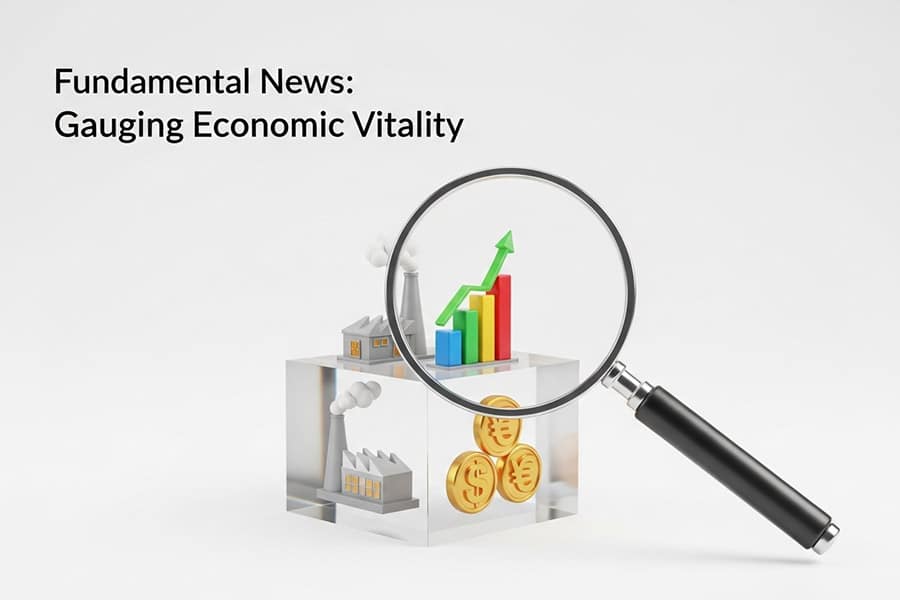
Before we dive into the specific reports, it’s crucial to understand the ‘why’ behind news-driven market movements. This is the domain of fundamental analysis, a method that contrasts with the technical analysis of charts and patterns.
Defining Fundamental Analysis
Fundamental analysis in forex involves evaluating a country’s economic health to determine the relative value of its currency. Think of it as performing a health check on an entire economy. When you do this, you’re looking at economic data, government policies, and geopolitical events. The core idea is that a strong, growing economy will have a strong currency, while a struggling economy will have a weaker one. These fundamentals provide the underlying reason for long-term currency trends, making an understanding of the most important news in forex a key pillar of a successful trading career.
Read More: what is economic calendar in forex trading
Why News Moves Currency Prices
Currency prices move based on supply and demand, which are heavily influenced by traders’ perceptions of a currency’s future value. High-impact news releases cause such dramatic swings because they provide a real-time update on a country’s economic health.
The key driver of volatility is the difference between market expectations (the “consensus forecast”) and the actual data released. If a crucial report, like the US jobs report, comes in much better than anticipated, it signals a stronger-than-expected economy. This leads to a rapid influx of buyers for the US dollar, causing its value to spike against other currencies. Conversely, a disappointing result will cause a sharp sell-off. It’s this element of surprise that creates the massive, fast-paced moves that news traders seek.
Tier-1: The Most Important Fundamental News in Forex
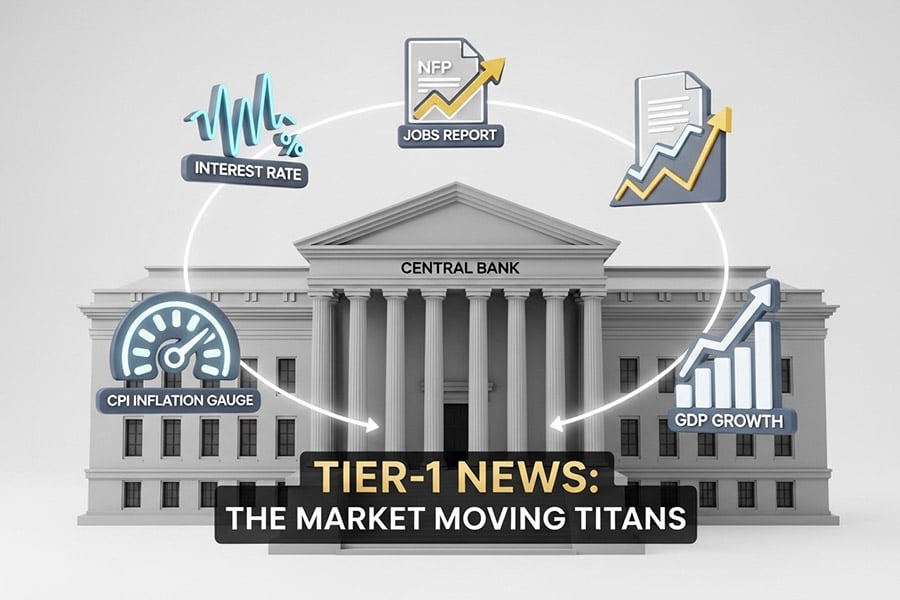
These are the titans of economic indicators. When these numbers are released, the entire market holds its breath. A single one of these reports can define a currency’s direction for weeks or even months, solidifying their status as the most important news in forex.
Central Bank Interest Rate Decisions
If you only follow one piece of news, make it this one. Central bank interest rate decisions are the bedrock of a currency’s valuation. Central banks like the U.S. Federal Reserve (Fed), the European Central Bank (ECB), the Bank of England (BoE), and the Bank of Japan (BoJ) set their nation’s benchmark interest rate. This rate dictates the cost of borrowing and, more importantly for forex traders, the return on holding that country’s currency. A higher interest rate generally means a higher currency value, as it attracts foreign capital seeking a better return on investment.
Forward Guidance and Press Conferences
The decision itself is only half the story. The press conference and monetary policy statement that follow are arguably even more critical. Here, the central bank governor provides “forward guidance”—clues about future policy. Will they raise rates again soon? Are they concerned about inflation? This language is dissected by analysts word-for-word, and any hint of a hawkish (inclined to raise rates) or dovish (inclined to lower rates) stance can cause more volatility than the rate decision itself.
Employment Data: Non-Farm Payrolls (NFP)
Released on the first Friday of every month by the U.S. Bureau of Labor Statistics, the Non-Farm Payrolls (NFP) report is a heavyweight indicator. It measures the number of jobs created in the US in the previous month, excluding farm workers, government employees, private household employees, and non-profit organization staff.
Why is it so critical? Because a healthy economy creates jobs. A strong NFP number suggests businesses are hiring and the economy is expanding, which puts upward pressure on inflation and may lead the Federal Reserve to raise interest rates. This makes the NFP one of the most important fundamental news in forex, causing massive swings in USD pairs like EUR/USD, USD/JPY, and GBP/USD. Pay close attention to the Unemployment Rate and Average Hourly Earnings released alongside it, as they complete the labor market picture.
Inflation Indicators: CPI & PPI
Inflation is the rate at which the general level of prices for goods and services is rising, and subsequently, purchasing power is falling. Central banks are mandated to keep inflation at a target level (usually around 2%). The two main gauges are:
- Consumer Price Index (CPI): This measures the average change in prices paid by urban consumers for a basket of consumer goods and services. It’s the most widely used measure of inflation.
- Producer Price Index (PPI): This tracks the change in the selling prices received by domestic producers for their output. It’s often considered a leading indicator for CPI, as costs at the producer level are often passed on to the consumer.
When inflation runs too high, central banks will raise interest rates to cool down the economy. Therefore, a higher-than-expected CPI reading can send a currency soaring in anticipation of a rate hike, making it another one of the most important news in forex releases.
Gross Domestic Product (GDP)
Gross Domestic Product is the broadest measure of a country’s economic activity. It represents the total monetary value of all goods and services produced over a specific time period. Essentially, it’s the ultimate scorecard for an economy’s health.
A rising GDP indicates economic growth, which is positive for a currency. A shrinking GDP (recession) is negative. Traders typically watch the “Advanced” or “Preliminary” GDP release, as it provides the first look and has the most market impact. A stronger-than-forecast GDP number can boost a currency’s value significantly.
Retail Sales Reports
The Retail Sales report tracks consumer spending, which is a massive component of any modern economy’s GDP. This report provides a timely insight into consumer behavior and confidence. Strong retail sales figures suggest that consumers are confident, spending money, and driving economic growth. This is bullish for the currency. Weak sales, on the other hand, can be a red flag, signaling a potential economic slowdown and weighing on the currency’s value. This direct link to consumer health makes it a high-impact forex news event.
Manufacturing & Services PMI
The Purchasing Managers’ Index (PMI) is a fantastic leading indicator of economic health. It’s a survey-based metric that asks purchasing managers in the manufacturing and services sectors about business conditions. A reading above 50 indicates expansion in the sector, while a reading below 50 signifies contraction. Because these reports are released monthly and provide a very current snapshot of business activity, they are closely watched. They often move markets because they can give an early hint about where GDP and employment are headed.
Tier-2: Other High-Impact Forex News Events
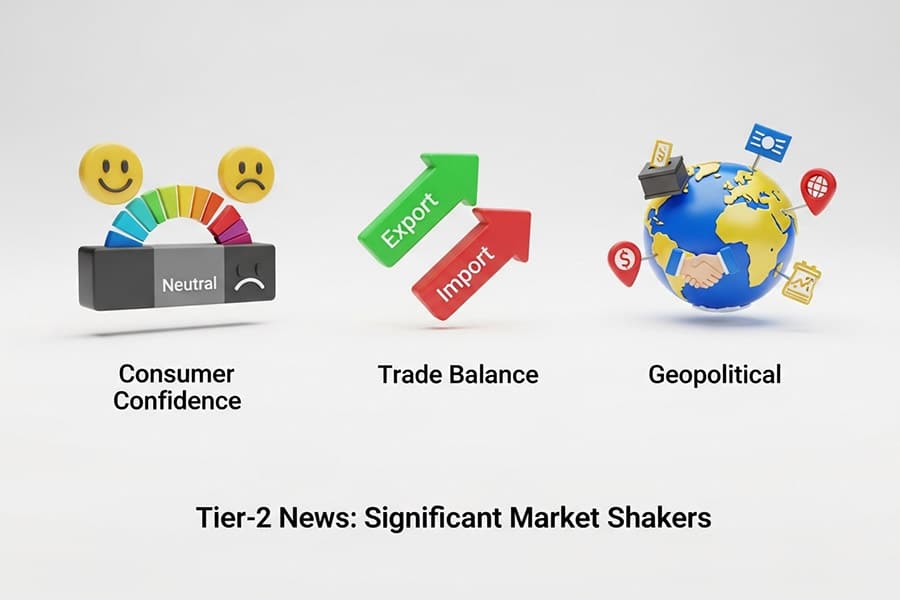
While the Tier-1 reports cause the biggest waves, these Tier-2 events are still powerful enough to create significant trading opportunities and should be on every trader’s radar.
Consumer Confidence Index (CCI)
The Consumer Confidence Index (CCI) measures how optimistic or pessimistic consumers are about the economy’s health. This is important because consumer sentiment has a direct bearing on spending habits. A confident consumer is more likely to make large purchases, driving economic activity. While it’s a “soft” data point (based on sentiment rather than hard numbers), it’s a valuable forward-looking indicator that can influence the market.
Trade Balance
A country’s trade balance is the difference between its exports and its imports. A trade surplus (exports > imports) means more foreign currency is flowing into the country to pay for its goods, which is generally positive for the currency. A trade deficit (imports > exports) means the country is spending more of its currency abroad than it’s receiving, which can be a drag on its value. Chronic trade deficits can weigh on a currency’s long-term value.
Geopolitical Events & Political Stability
Never underestimate the power of politics. Events like national elections, referendums, trade wars, and, unfortunately, regional conflicts can throw markets into a state of uncertainty. During times of instability, traders and investors often flee to “safe-haven” currencies. Historically, these include the US Dollar (USD), Japanese Yen (JPY), and Swiss Franc (CHF). An unexpected election result or a flare-up in trade tensions can cause massive, unpredictable flows between currencies, making political stability a key factor in forex valuation.
How to Trade Forex News Releases

Knowing which events are the most important news in forex is one thing; knowing how to trade them is another. Trading news is a high-risk, high-reward endeavor that demands a clear strategy and discipline.
Essential Tool: The Economic Calendar
Your best friend in news trading is the economic calendar. This is a real-time schedule of all upcoming economic data releases. A good calendar will show you:
- The date and time of the release.
- The currency it affects.
- An importance rating (usually low, medium, or high).
- The “consensus” or “forecast” figure.
- The “previous” figure.
- The “actual” figure (once released).
Focus on the high-impact events. Before the release, note the consensus figure. The trading opportunity will arise from the deviation of the actual number from this consensus.
Pre-Release Strategy: Trading the Expectation
This is an advanced strategy that carries significant risk. It involves trying to predict the outcome of a news release and entering a position before the announcement. This is sometimes called “buying the rumor.” For example, if a series of smaller inflation indicators have all pointed upwards, a trader might buy a currency pair in anticipation of a strong CPI report. The risk is that if you are wrong, the market will move violently against you. The potential reward is getting in before the major move and avoiding the post-release chaos of slippage.
Post-Release Strategy: Trading the Breakout
This is a more common approach. The idea is to wait for the news to be released and then trade in the direction of the initial, powerful price spike. For instance, if the NFP number comes in much better than expected and EUR/USD starts to plummet, a breakout trader would immediately sell the pair. This strategy requires lightning-fast execution and a trading platform that can handle extreme volatility. You must be prepared for widening spreads and the potential for your order to be filled at a worse price than you intended (slippage).
Long-Term Strategy: Trading the Trend
Sometimes, the most important fundamental news in forex doesn’t just create a short-term spike; it establishes a new, long-term trend. For example, if the Federal Reserve signals a prolonged cycle of interest rate hikes, this could create a months-long uptrend for the US dollar. A long-term trader would use this fundamental bias to inform their trading. They might only look for buying opportunities in the USD, using technical analysis to time their entries within the larger fundamental trend. This approach avoids the chaos of the initial release and focuses on the sustained impact of the data.
Read More: High Volatility News in Forex
Critical Risk Management for News Trading
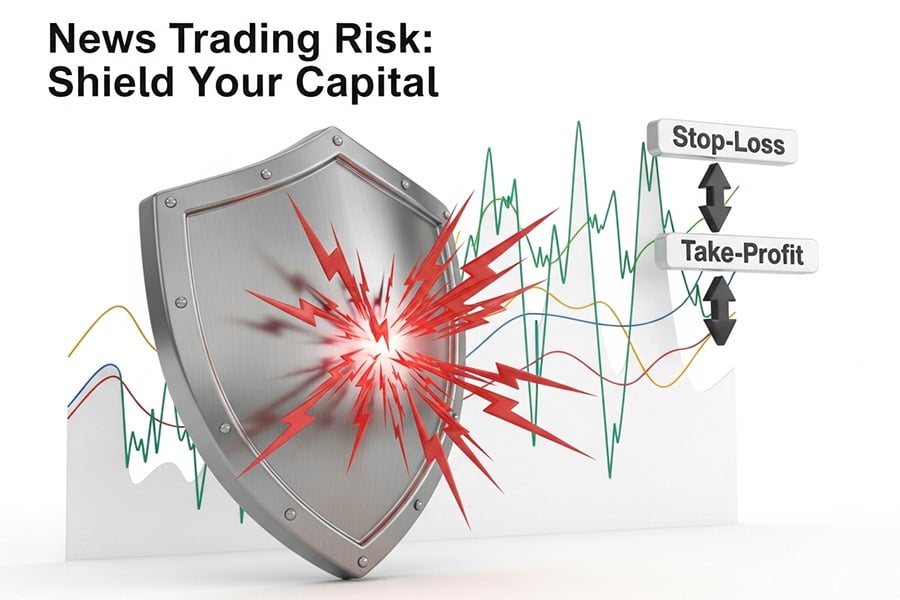
I cannot stress this enough: trading during high-impact forex news events is dangerous without iron-clad risk management. The market environment changes dramatically in these few minutes.
The Dangers of Slippage and Widening Spreads
During a major news release, liquidity (the volume of available orders) can temporarily dry up. This causes two problems:
- Widening Spreads: The difference between the buy and sell price can increase dramatically, sometimes by 10 times or more. This is an immediate cost to your trade.
- Slippage: This occurs when you try to enter or exit a trade at a specific price, but due to the extreme volatility, your order gets filled at a different, often worse, price. A stop-loss set at 1.1050 might get filled at 1.1035, for example.
Using Stop-Loss and Take-Profit Orders
Never, ever enter a news trade without a pre-defined stop-loss. This is your safety net that will automatically exit your trade if the market moves against you by a certain amount. A take-profit order is equally important, allowing you to lock in profits if the trade moves in your favor before a potential reversal. The key is to set them before you enter the trade, when your judgment is not clouded by the heat of the moment.
Position Sizing for Volatility
Because the potential for sudden, large moves is so high, it is wise to reduce your standard position size when trading the news. A move that would normally be manageable with your standard lot size could wipe out a significant portion of your account during a news release. By trading smaller, you give your position more room to breathe and ensure that even if you suffer slippage on your stop-loss, the financial damage is contained. Respecting the power of the most important news in forex means respecting its risk.
Opofinance: Your Partner in News Trading
To effectively trade the most important news in forex, you need a broker that provides the right tools, speed, and security. As an ASIC-regulated broker, Opofinance offers a robust environment designed for the modern trader.
- Advanced Trading Platforms: Choose the platform that fits your style. Opofinance provides access to the industry-standard MT4 and MT5, the sophisticated cTrader, and their proprietary OpoTrade platform, ensuring fast and reliable execution when it matters most.
- Innovative AI Tools: Gain a competitive edge with a suite of AI-powered features. Utilize the AI Market Analyzer to spot opportunities, the AI Coach to refine your strategy, and AI Support for instant assistance.
- Social & Prop Trading: Whether you want to follow and copy the strategies of experienced traders or take on the challenge of proprietary trading, Opofinance provides pathways to enhance your trading journey.
- Secure & Flexible Transactions: Fund your account with peace of mind. Opofinance offers safe and convenient deposit and withdrawal methods, including crypto payments, with zero fees charged by the broker, ensuring your capital is always accessible.
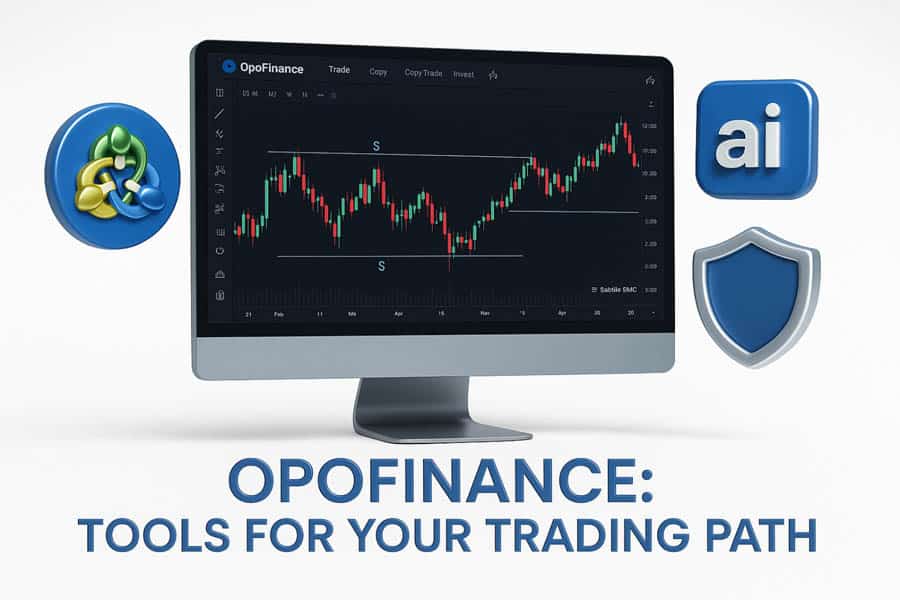
Ready to trade the markets with a next-generation broker?
Conclusion
Mastering the forex market requires a blend of technical skill and fundamental understanding. The events we’ve discussed—from central bank decisions and NFP to CPI and GDP—are the most important news in forex because they provide a direct window into the economic forces that drive currency values. By learning to read an economic calendar, forming a clear strategy, and, above all, practicing disciplined risk management, you can transform these volatile periods from moments of fear into moments of opportunity. Success doesn’t come from guessing, but from preparation. Respecting the power of the most important fundamental news in forex is the first step toward harnessing it.
What is the single most important news release in forex?
The single most important news release is the Interest Rate Decision from a major central bank, such as the U.S. Federal Reserve. The accompanying monetary policy statement and press conference are equally critical as they provide clues about future policy changes.
How often do high-impact news events occur?
High-impact news events occur on a regular schedule. Major releases like employment data (e.g., NFP), inflation (CPI), and retail sales are typically released monthly. GDP is released quarterly, and central bank meetings usually occur every six to eight weeks.
Can I trade forex without following the news?
The most volatile periods are typically during the London and New York trading sessions, especially when they overlap (8:00 AM to 12:00 PM EST). Major U.S. economic data is almost always released at 8:30 AM EST, leading to a surge in volatility.
What time is the most volatile for forex news trading?
The most volatile periods are typically during the London and New York trading sessions, especially when they overlap (8:00 AM to 12:00 PM EST). Major U.S. economic data is almost always released at 8:30 AM EST, leading to a surge in volatility.
Is it better to trade before or after a news release?
For most traders, especially beginners, it is safer to trade after the news release. Trading before the news is essentially a gamble on the outcome. Trading after allows you to react to the actual data and the market’s initial direction, though it comes with its own risks like slippage.




